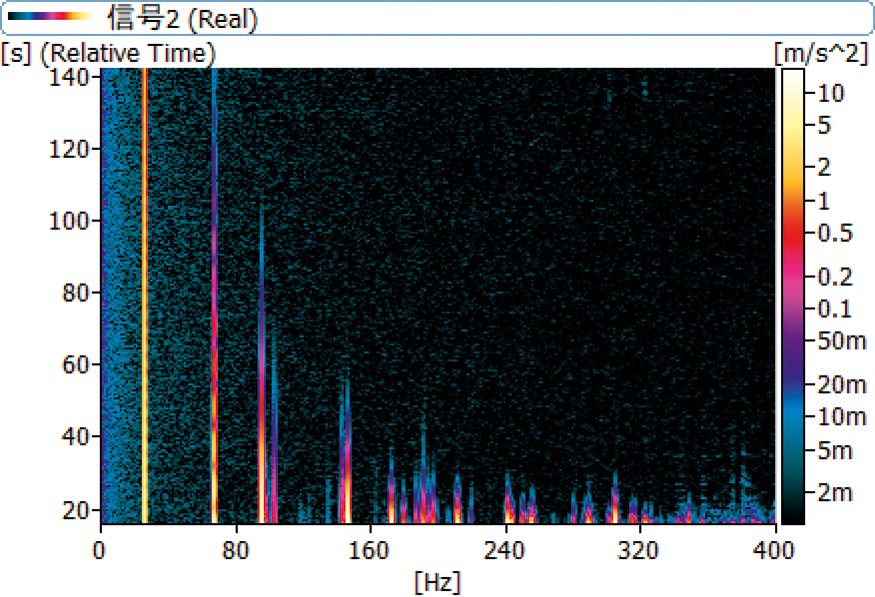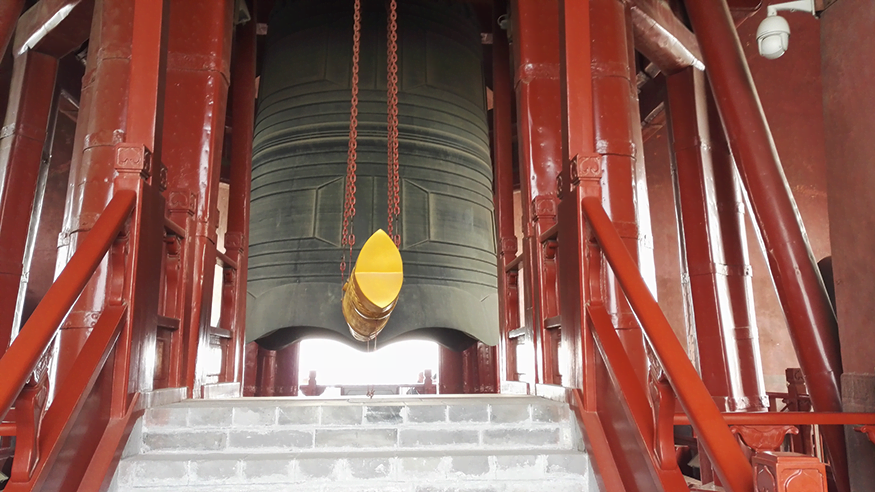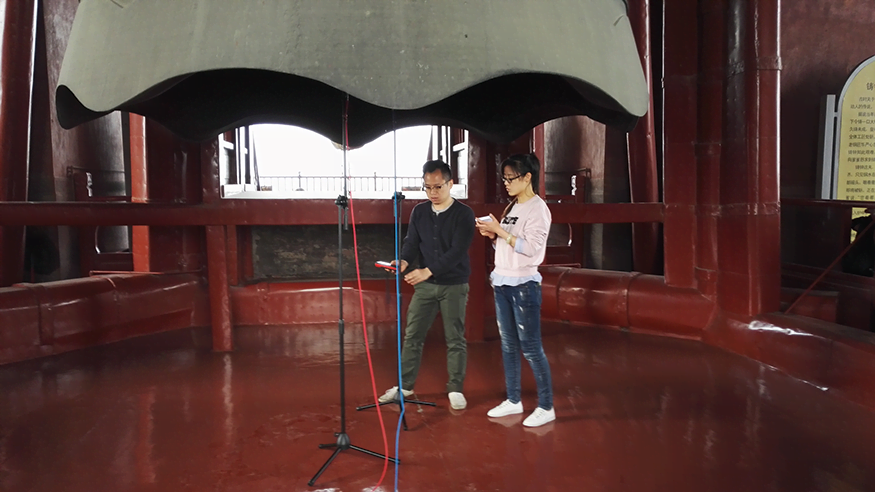The Bell Tower, which could be heard over 20 kilometres away and heralded the morning and opening of the city gates, remained silent until 1990 when it was struck on New Year’s Eve to mark the new year.
Each New Year’s Eve the great bell rings again, resuming its timekeeping duties.

Professor Yang Yang from Shanxi University’s Music Department sought to apply modern acoustic theory to ancient structures. Brüel & Kjær’s Liangwei Shen and Ang Li then attempted to capture the sound and vibration qualities of the bell and analyze the room acoustics. Capturing the vibration data of the bell was successful. But the bell’s sound power was of such a magnitude that it triggered nearby car alarms, thereby polluting the sound data.

In the most modern car alarms there are vibration sensors that detect if there is an attempt to break a window, for example. The article ‘Wavelength, frequency and speed of sound’ in the April 2017 issue of Waves explains how sound waves propagate through the compression and decompression of air, which of course would transfer to the surface of a car as vibration, and if the magnitude of that wave’s sound power is high enough, off goes the alarm.

Iscriviti alla nostra Newsletter e ricevi le informazioni più recenti dal mondo del suoni e delle vibrazioni


